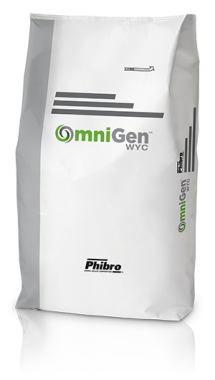Are Your Dairy Management Practices Putting Your Cows at Risk for Mastitis?
Dr. Rodrigo Souza outlines 10 ways to minimize mastitis risk in your dairy herd.
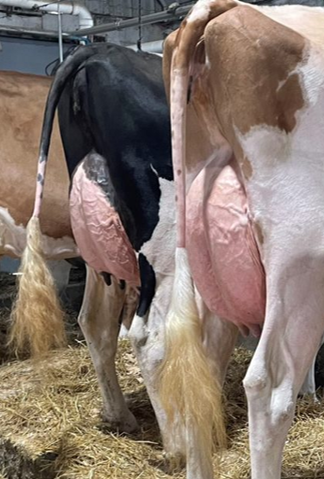
10 WAYS TO HELP MINIMIZE MASTITIS RISK IN YOUR DAIRY HERD
Mastitis is one of the dairy industry’s most costly diseases — and unfortunately, it’s also one of the most common. Mastitis, or inflammation of the mammary gland, occurs when pathogens enter the udder through the teat canal, causing the animal’s immune system to react by recruiting defense cells to eliminate the pathogen along with the initiation of the inflammation process. From the dairy barn to the milking parlor, your routine management practices could be putting your cows at an increased risk of developing mastitis. Dr. Rodrigo Souza, Senior Technical Manager, Phibro Animal Health Corporation, shares tips to help reduce mastitis risk in your dairy herd.
-
- Maintain good udder health.
“I like to start with the basics,” says Dr. Souza. “Keep teats clean and healthy to support the first line of defense against bacteria and other microorganisms. This is important because mastitis could start from physical or chemical damage to the teats and mammary gland.” Producers will also want to keep an eye out for swelling of the udder, which often signifies that a case of mastitis has worsened from subclinical to clinical.
- Maintain good udder health.
-
- Provide your cows with a clean, dry and comfortable environment.
This limits their exposure to environmental mastitis-causing pathogens. Dr. Souza reminds producers to avoid overcrowding and to make sure that cows have enough space to be comfortable.
- Provide your cows with a clean, dry and comfortable environment.
-
- Use proper milking procedures and clean equipment.
“Inappropriate milking procedures or dirty equipment can increase cows’ exposure to mastitis-causing pathogens,” warns Dr. Souza. “When we rush through milking procedures, we start to see some failures in the process, like how clean the milking equipment is and proper pre- and post-dipping procedures. They’re some of the most basic procedural points to bear in mind.”
- Use proper milking procedures and clean equipment.
-
- Minimize stress.
While stressors like calving and drying off are inevitable, Dr. Souza advises that producers should eliminate or reduce environmental stress when possible. “Where we see the presence of stressors or malnutrition, we typically also start to see more cases of mastitis,” he says. “Feeding OmniGen® nutritional specialty product can help a cow better withstand the effects of stress by supporting the immune system to help fend off external pathogens.”
- Minimize stress.
-
- Keep detailed records.
Somatic cells count is the best indicator for subclinical mastitis, so it’s imperative that producers track the health of their herd and maintain proper historical data. Randomized milk cultures can also provide insights into what pathogens are present. Furthermore, elevated somatic cell counts are a good indication that a dairy is at risk for increased clinical mastitis, according to Dr. Souza.
- Keep detailed records.
-
- Take special care in managing fresh cows — and practice effective dry cow management.
“I’m often asked about the likelihood of fresh cows and first-lactation animals developing mastitis,” shares Dr. Souza. “A peak of mastitis cases has been observed on fresh cows and can have a significant economic impact on milk production throughout lactation. Common causes of fresh cow mastitis include poor dry cow therapy, dry cow environment and the stress of calving.”
- Take special care in managing fresh cows — and practice effective dry cow management.
-
- Isolate sick cows.
“While the ideal treatment protocols vary between operations, cows exhibiting symptoms of mastitis should generally be separated from the rest of the herd,” says Dr. Souza. He encourages producers to send affected cows to a hospital pen and to administer treatment as early as possible.
- Isolate sick cows.
-
- Provide proper nutrition and feed an immune modulator when necessary.
“Poor immunity compromises a cow’s ability to fight pathogens,” cautions Dr. Souza. “Feeding OmniGen nutritional specialty product has been proven to enhance the support of the cow’s immune system — and the stronger the immune system, the less susceptible the cow is to threats caused by external pathogens.” He recommends that producers feed OmniGen when there is a high somatic cell count because a healthy, strong cow is typically able to clear the infection.
- Provide proper nutrition and feed an immune modulator when necessary.
-
- Train all staff members to recognize the signs of mastitis (and work together to prevent it).
Every team member should keep equipment clean, spot and rectify stressors, keep careful records and be able to identify signs of mastitis.
- Train all staff members to recognize the signs of mastitis (and work together to prevent it).
- Bring in external consultants as needed.
“External eyes can help a producer to spot problematic processes that may have become a part of the operation’s everyday routine,” says Dr. Souza. “As a trusted outside consultant, I can help producers see small things that could potentially spell big trouble down the road and show them management practices that can be improved.” Phibro created the Phibro Stress Assessment as a tool to help producers see what management practices may need improvement.
Want to hear more ways that OmniGen provides immune support to help minimize the risk of mastitis from Dr. Rodrigo Souza? Visit Phibro Academy to download his recent webinar, “Dairy’s Most Profit-Draining Challenges: Mastitis.”
OG370722GLB ©2023 Phibro Animal Health Corporation. Phibro, the Phibro logo design, Healthy Animals. Healthy Food. Healthy World. and OmniGen are trademarks owned by or licensed to Phibro Animal Health Corporation or its affiliates.
Dairy Cattle Products
OmniGen® nutritional specialty products can help supplement your management strategy with a proven 2.5:1 return on investment.3





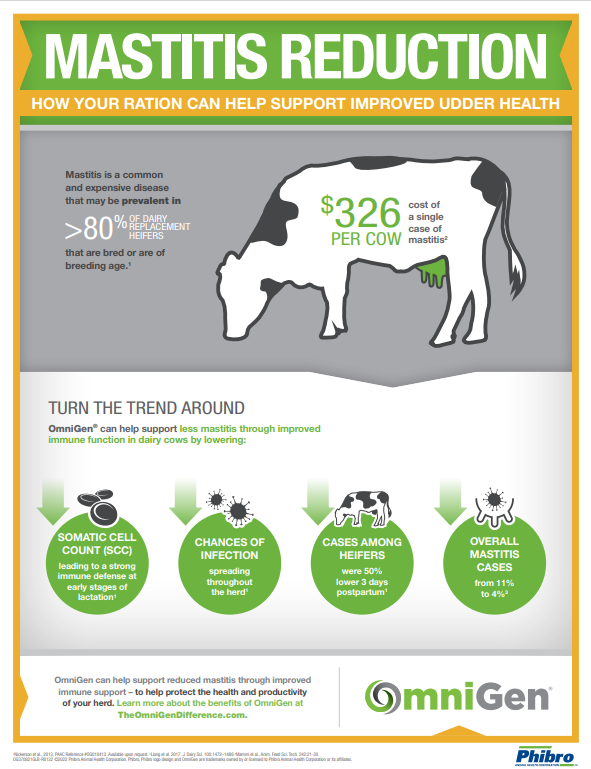
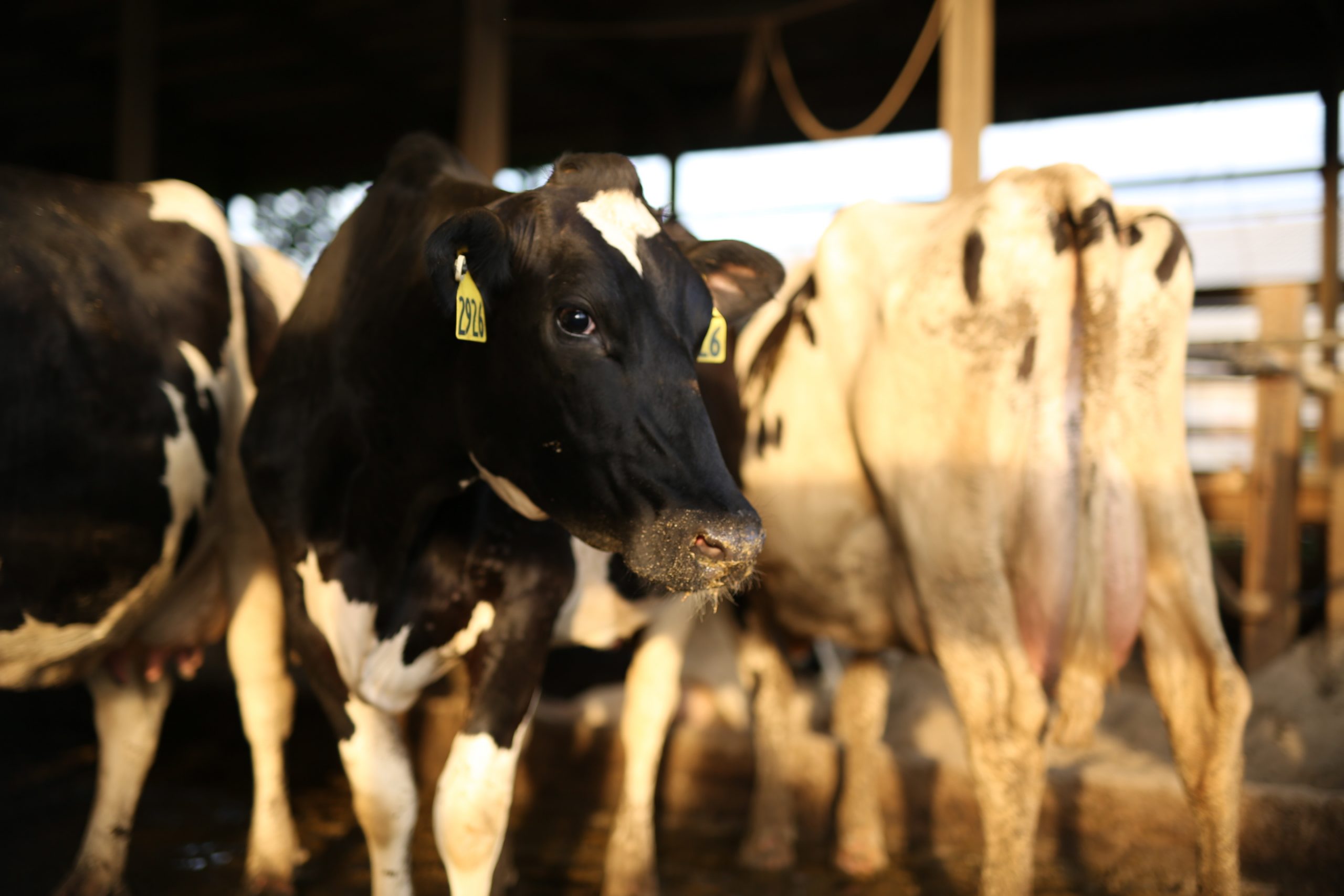
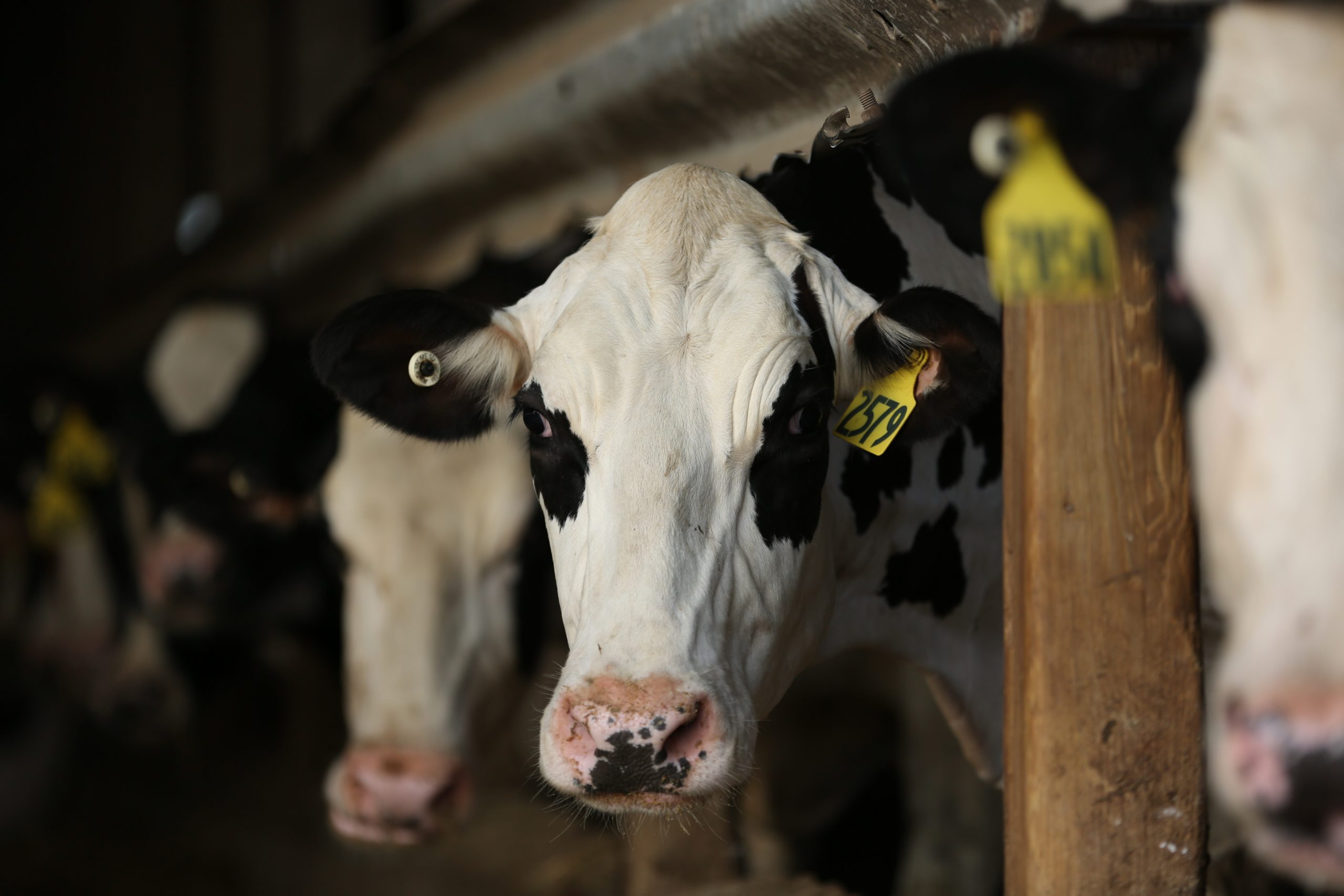
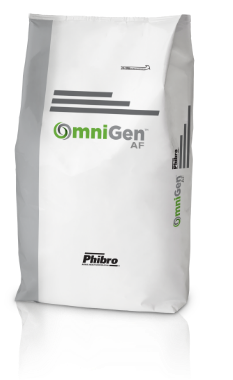
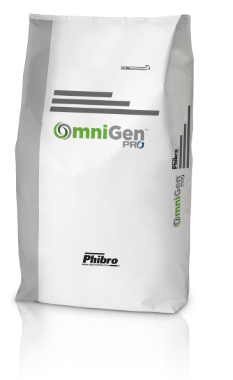
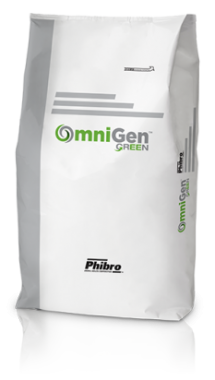
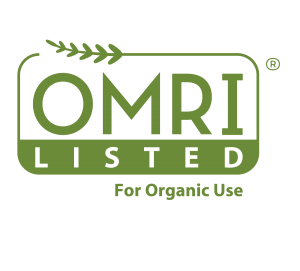 OmniGen Green is Organic Material Review Institute (OMRI) listed.
OmniGen Green is Organic Material Review Institute (OMRI) listed.